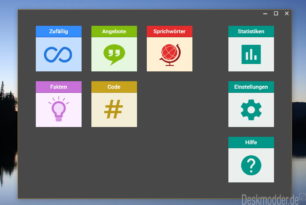

In professional typography, the term typeface is not interchangeable with the word font (originally "fount" in British English, and pronounced "font"), because the term font has historically been defined as a given alphabet and its associated characters in a single size. a face, b body or shank, c point size, 1 shoulder, 2 nick, 3 groove, 4 foot. There are typefaces tailored for special applications, such as cartography, astrology or mathematics.ĭiagram of a cast metal sort. Roman uppercase A looks the same as Cyrillic uppercase А and Greek uppercase alpha. The same glyph may be used for characters from different scripts, e.g. (A typographer is someone who uses typefaces to design a page layout.)Įvery typeface is a collection of glyphs, each of which represents an individual letter, number, punctuation mark, or other symbol. In desktop publishing, type designers are sometimes also called "font developers" or "font designers".

Designers of typefaces are called type designers and are often employed by type foundries. The art and craft of designing typefaces is called type design. There are thousands of different typefaces in existence, with new ones being developed constantly. Each of these variations of the typeface is a font. Most typefaces include variations in size (e.g., 24 point), weight (e.g., light, bold), slope (e.g., italic), width (e.g., condensed), and so on. Printed by William Caslon, letter founder from the 1728 Cyclopaedia.Ī typeface (or font family) is a design of letters, numbers and other symbols, to be used in printing or for electronic display. In the "Advanced Boot Options" menu use the arrow keys to select "Safe Mode" or "Safe Mode with Networking" and press ENTER.A Specimen, a broadsheet with examples of typefaces and fonts available. Next the "Advanced Boot Options" menu will appear.Ĥ. The computer will then display hardware information and run a memory test.ģ. Immediately after turning on the computer, or restarting it (usually after you hear your computer beep), tap the F8 key, repeatedly, in 1 second intervals.Ģ. (If you have one set.) When you are finished troubleshooting, you can exit "Safe Mode" restarting your computer.ġ. Now sign in to the computer with your account name and password. This option is mostly only used by IT professionals.) (In "Safe Mode" with "Command Prompt" starts Windows in Safe Mode, with a Command Prompt window instead of the Windows interface. Press the "F6" key to Enable "Safe Mode" with Command Prompt. ( Once "Safe Mode" with Networking starts, Windows is in Safe Mode, with additional network and services for accessing the Internet and other computers on your network.)Ĭ. Press the "F5" key to Enable "Safe Mode" with Networking.
#TYPE FU FOR FREE DRIVERS#
(The computer will then start in "Safe Mode" with a minimal set of drivers and services.)ī. Press the "F4" key to Enable "Safe Mode".
#TYPE FU FOR FREE HOW TO#
How to enter "Safe Mode" when booting the computer.Īs your computer restarts, press F8 (possibly a few times) to enter "Safe Mode"Ī.

If it doesn't, you have a software issue. Try loading in "Safe Mode" and see if the problem happens or not.
#TYPE FU FOR FREE DRIVER#
If it is still doing it after the driver change, yet it fixes itself sometimes when you reboot the computer, I would wonder if something running on the laptop is causing it.


 0 kommentar(er)
0 kommentar(er)
